On October 9, China’s Ministry of Commerce announced that it would tighten export controls on 12 of the 17 rare earth elements and some key refining technologies, effective December 1. Foreign companies will be required to apply for licenses and declare their intended use if they want to buy these strategic products from China.
Beijing called the move necessary to “safeguard national security,” a response to what it said were escalating actions from Washington, including tightening a ban on chip-making technology exports and imposing port fees on Chinese ships.
The reaction from across the Atlantic was almost immediate and harsh. On the social network Truth Social, President Donald Trump criticized Beijing's decision and announced that he would impose an additional 100% tariff on all goods imported from China, effective from November 1.
The heavy blow has dashed any hopes of a trade deal that had been in the “ceasefire” phase of negotiations. Just a few months ago, the two sides had agreed to cool things down, reducing tariffs from 125% to 30%. Now, the trade war has not only flared up again, but is also at risk of escalating to an unprecedented level.
Rare earth "weapons": Where does the real power lie?
To understand Mr Trump's anger and the magnitude of this confrontation, it is necessary to look at the nature of the "trump card" that China is holding.
Rare earths are the collective name for 17 metallic elements that are essential to the modern economy . They are the backbone of everything from the smartphone you’re holding in your hand, to electric cars and wind turbines, to advanced weapons systems like the F-35 fighter jet and guided missiles.
Despite their “rare” names, many of the elements in this group are not rare in the Earth’s crust at all. The key problem lies in the refining process – a highly complex, expensive and highly polluting process. And this is where China has established its near-absolute dominance. China currently produces more than 90% of refined rare earths and controls about 70% of global mining.
Dean Ball, a former senior adviser at the White House Office of Science and Technology Policy, issued a stark warning on X: "We should not ignore the core nature of the rare earths problem: China has designed a policy that allows it to prevent any country on Earth from participating in the modern economy."
Beijing has been steadily building this industrial capacity for decades, willing to incur huge financial and environmental costs that no other country has the will to do, according to Mr Ball. “And now the rest of the world is forced to do the same,” he concluded.
In other words, China has turned rare earths into a “tap.” “They can turn on or off supply at any time,” said Louis O’Connor, CEO of investment firm Strategic Metals Invest. And this time, they really did turn it off.

From December 1, Beijing will tighten export controls on 12 of the 17 rare earths, forcing foreign companies to apply for licenses and declare their intended use (Photo: Adobe).
China's Journey to Dominate the "Source of Life" of the 21st Century
Few people know that, in the second half of the 20th century, it was the United States that controlled the rare earth market, with the Mountain Pass mine in California being the world's production center.
Recognizing the strategic value of this mineral, China began sending delegations to Mountain Pass to learn from it in the 1960s. Mark Smith, former CEO of Molycorp, the company that once operated the mine, bitterly recalled: "We took them on a tour, explained the process, allowed them to take pictures. Then they took it all back to China."
Taking advantage of its human resources, cheap electricity costs and lax environmental regulations, China rapidly improved its technology and hundreds of mining companies exploded. However, the industry was initially chaotic. Small mines competed with each other at low prices. In 2021, former Chinese Industry Minister Xiao Yaqing complained that China's rare earths were "not sold at rare earth prices, but at earth prices."
Fierce competition has led to reckless mining, leaving horrific scars on the environment. Chris Ruffle, an investor with many years of experience in China, recalls visiting a factory in Jiangsu in the early 2000s with mountains of toxic metal waste. In the south, where precious heavy rare earth deposits are located, people used pickaxes to dig up hillsides and then poured acid down the pits, seriously polluting the soil and groundwater.
In the face of this chaos, Beijing stepped in. Starting in the late 1990s, the government imposed production and export quotas, which inadvertently created a thriving black market. The real turning point came in 2014, after the WTO ruled against China’s quotas.
Instead of backing down, Beijing turned to a new, more sophisticated strategy: controlling who was allowed to operate, rather than how much. A campaign codenamed “1+5” was launched, with the goal of consolidating the entire industry into six giant state-owned conglomerates, or “Big Six.” It was a “secret war” to wipe out illegal mining.
After just four years, China declared victory, gaining near-absolute control over global prices and supplies. The market became homogenized, with virtually no competition.
America awakens and the race to regain its position
Heavy dependence on China has left American industry and defense vulnerable. Unlike gold or nickel, rare earths have no independent international exchange. If Beijing changes its quotas, global prices can fluctuate wildly, making Western investors wary of investing in this risky sector.
However, the April tightening and especially China's latest move appear to have been a costly wake-up call.
“The atmosphere is different now,” said Nicholas Myers, CEO of Massachusetts-based Phoenix Tailings, which recycles mining waste to extract rare earths. “Big corporations are now realizing that China can really turn off the supply valve.”
Myers’s company had struggled to raise capital in the past. But things have changed. The shock from Beijing has woken up American investors. Phoenix Tailings received a major investment in May and is building a second plant that could meet half of the US military’s rare earth needs. Meanwhile, NioCorp, the company of former Molycorp executive Mark Smith, is opening a new mine and refinery in Nebraska.
For the first time in decades, the United States has a chance to refine its own rare earths. As former adviser Dean Ball notes, China’s policies also offer the world an opportunity to rebuild sustainable supply chains. “If our survival depends on it, the world can overcome these challenges much more quickly than policymakers imagine.”
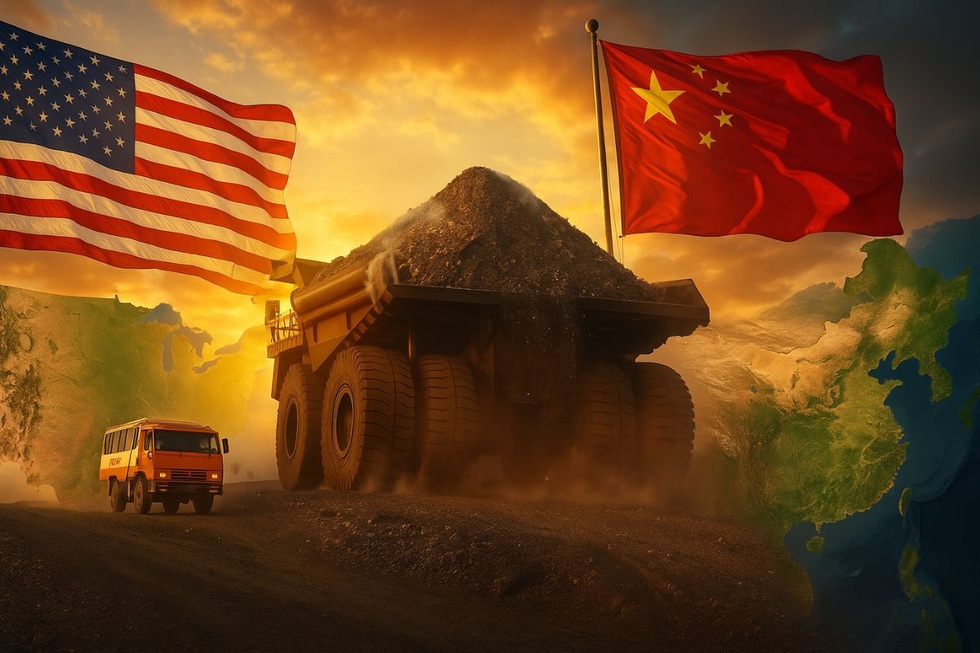
US-China tensions escalate, revealing the truth: the war now revolves around the "heart" of 21st-century industry - rare earths (Photo: clickpetroleoegas).
The war of calculations
So why did China choose this moment to play its "trump card"?
Analysts say this is a carefully calculated move to gain an advantage ahead of the APEC summit between President Donald Trump and President Xi Jinping, scheduled to take place in South Korea at the end of October. "This is a pre-meeting arrangement," said Kristin Vekasi of the University of Montana.
But there is a deeper perspective. According to Brookings Institution economist Robin Brooks, Chinese exporters are suffering heavy losses in profits due to the current US tariffs.
“This means China may be using rare earths to escalate tensions because it has no other options,” Brooks explained. “The impact on its exports is so great that Beijing is raising the stakes to pressure Washington to lower tariffs.”
The battle for control of 21st-century material resources has officially entered a new, more fierce and unpredictable chapter.
Source: https://dantri.com.vn/kinh-doanh/dat-hiem-at-chu-bai-cua-trung-quoc-va-moi-lua-cho-don-thue-quan-tu-my-20251014095835385.htm


![[Photo] General Secretary To Lam attends the 18th Hanoi Party Congress, term 2025-2030](https://vphoto.vietnam.vn/thumb/1200x675/vietnam/resource/IMAGE/2025/10/16/1760581023342_cover-0367-jpg.webp)




![[Photo] Nhan Dan Newspaper launches “Fatherland in the Heart: The Concert Film”](https://vphoto.vietnam.vn/thumb/1200x675/vietnam/resource/IMAGE/2025/10/16/1760622132545_thiet-ke-chua-co-ten-36-png.webp)
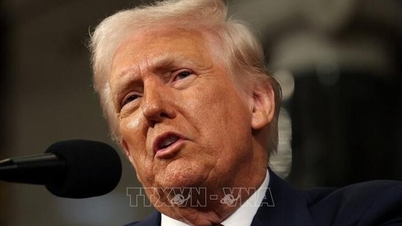

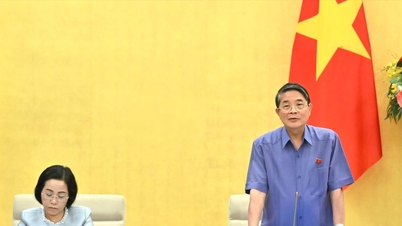




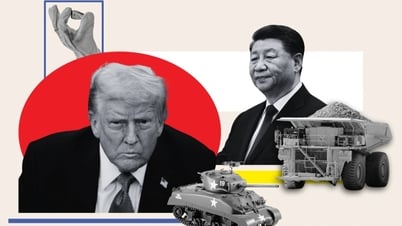
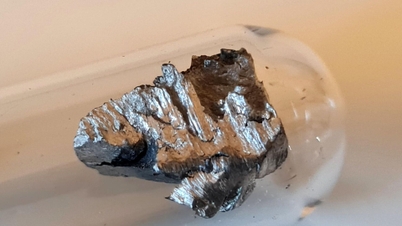


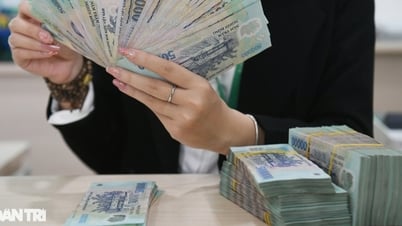
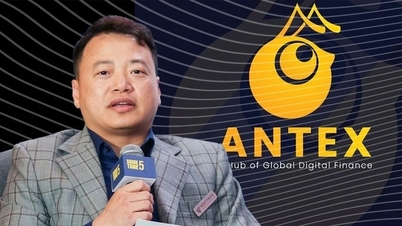


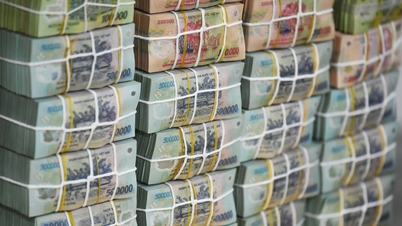

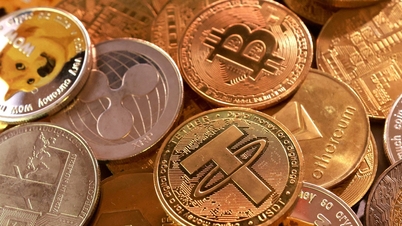




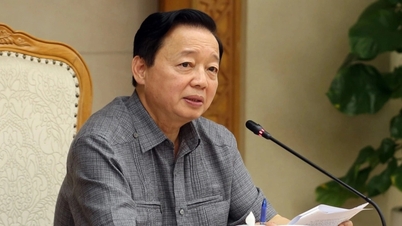


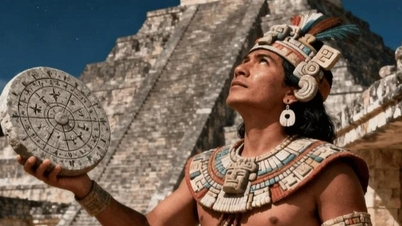


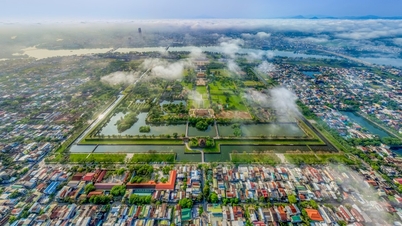



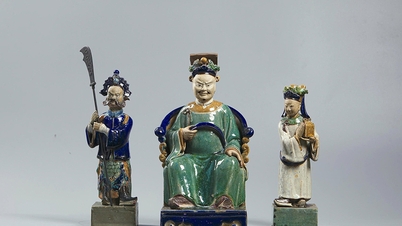

![[Video] TripAdvisor honors many famous attractions of Ninh Binh](https://vphoto.vietnam.vn/thumb/402x226/vietnam/resource/IMAGE/2025/10/16/1760574721908_vinh-danh-ninh-binh-7368-jpg.webp)










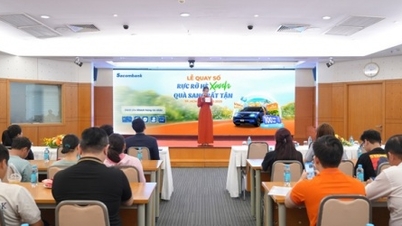







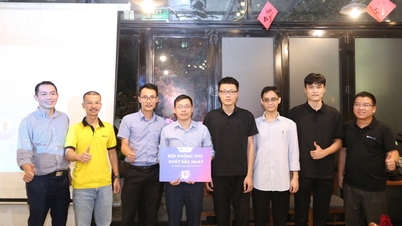






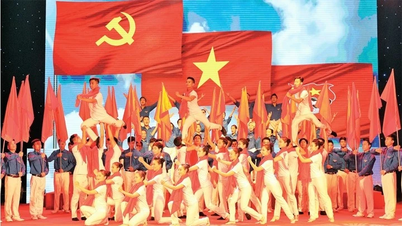
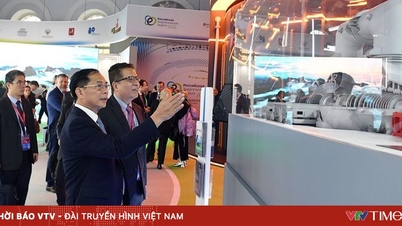

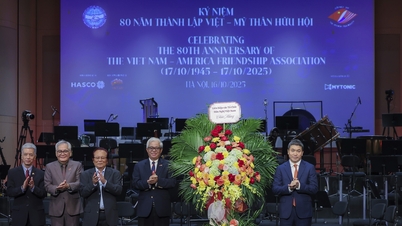
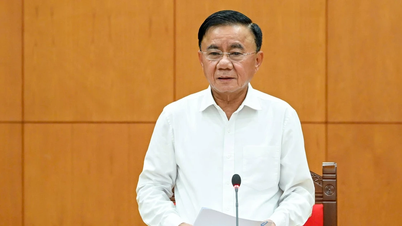


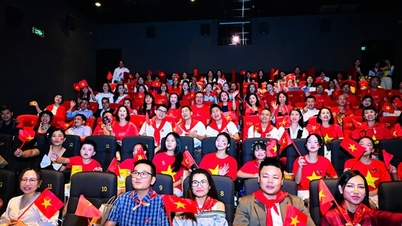

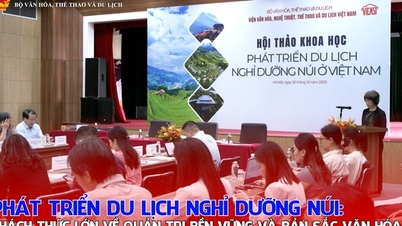
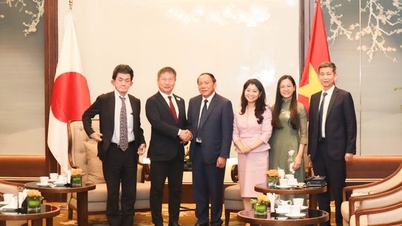
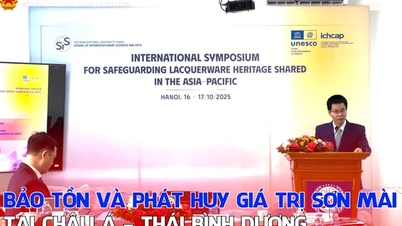
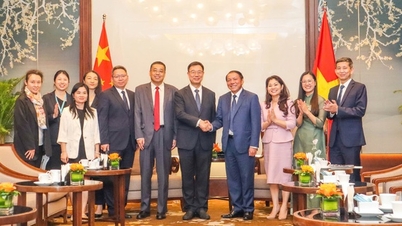
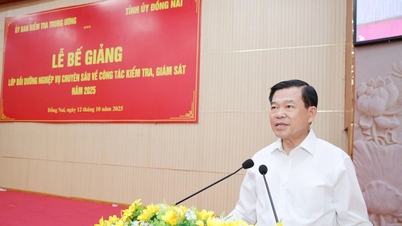

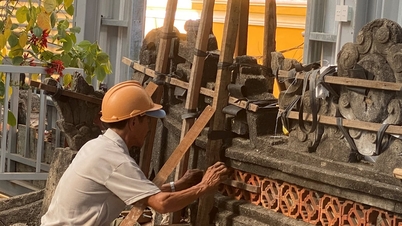

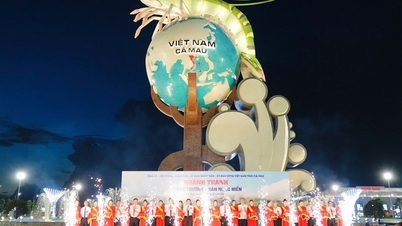
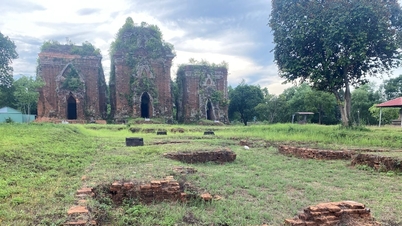
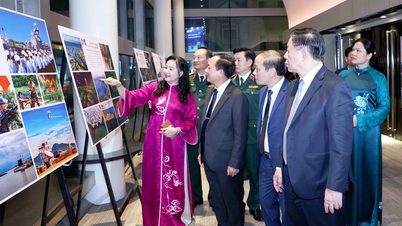



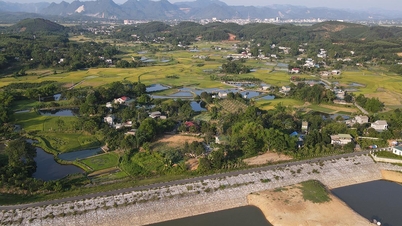















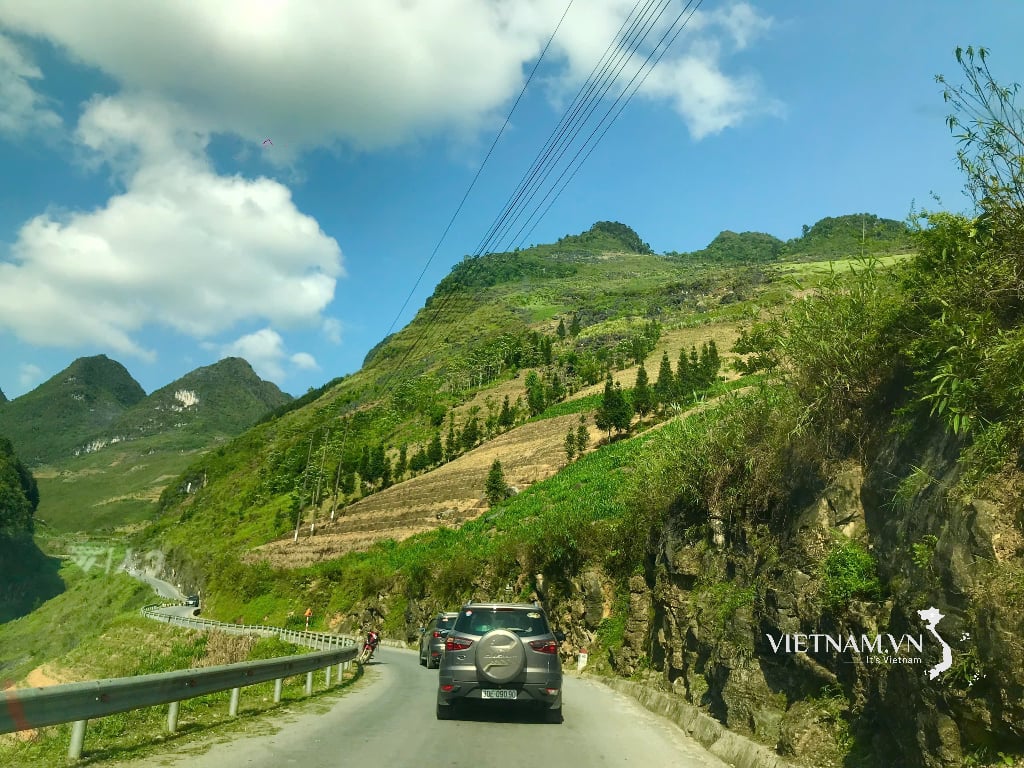

Comment (0)